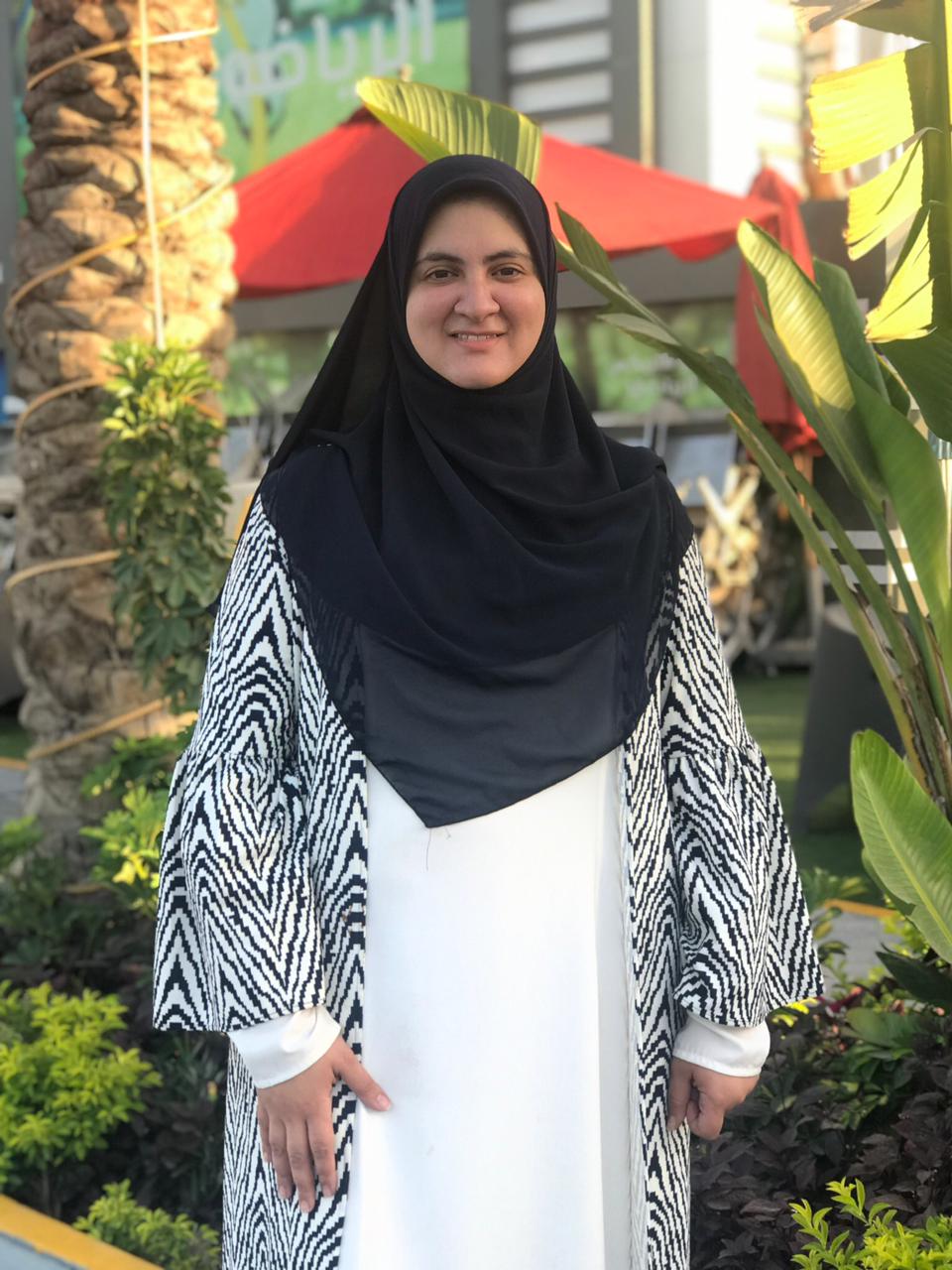
|
Alien Plant Species in the Egyptian Protected Areas: Assessment, Problems, and Challenges
|
|
|
Salma K. Shaltout1 and Amr E. Keshta1
|
|
|
1Botany Department, Faculty of Science, Tanta University, 31527, Tanta, Egypt
|
|
|
salma.shaltout@science.tanta.edu.eg
|
|
|
1453
|
|
|
Thirty protected areas representing most of the ecological important areas in Egypt have been declared and managed by the Nature Conservation Sector. Total area of these protectorates is approximately 142,664 km2 (representing 14.3 % of Egypt’s country area). Until 2012, the declared protectorates include the following four groups: 7 marine protectorates, 7 wetland protectorates, 10 desert protectorates, and 6 geological protectorates. The goals of the present study were: 1) creating an inventory of alien species in the Egyptian protected areas, 2) assessing the protection effect on the spread of invasive species in different protected areas, and 3) assessing the impacts of invasive species inside the protected areas and how to control them. This study was conducted by reviewing current and available literature, field trips, and herbaria consultation. Our results indicated that Lake Burullus has the highest number of alien species (27= 13.7%), while Abu-Galum has the lowest (2= 1.2%). On the other hand, some protected areas (e.g. Nabq, Wadi Degla, White Desert, El-Gilf El-Kebir) have no alien species. This indicates that some protected areas experience high levels of protection and their locations are less affected by human activities. Three non-naive invasive species (Azolla filiculoides, Bassia indica, and Eichhornia crassipes) are threating the ecosystem of Ashtum El-Gamil, Wadi El-Rayan and Lake Burullus Qaroun. On the other hand, however, Ziziphus spina-christi was recorded in seven protected areas as sand controllers and has medicinal and grazing benefits.
|
|

|
Monitoring of Spatial and Temporal Macro-benthos Distribution along Nabq Protected Area, Gulf of Aqaba, Egypt
|
|
|
Ensaf Elgayar
|
|
|
Zoology Department, Faculty of sciences, Tanta University, Tanta, Egypt
|
|
|
ensaf.abouzaid@science.tanta.edu.eg
|
|
|
1547
|
|
|
Understanding how organisms are distributed in time and space leads to an increase in the understanding of ecosystem structure and function.The present study was designed to monitor the spatial and temporal variability of the intertidal macro-benthos. This work was carried out in the Nabq Protected Area during the period from January 2016 to January 2017. Quantitative sampling of macro-benthos was performed by the visual quadrate method (counting in 1m2 quadrate) and qualitative sampling by observing macro-benthos species using a careful survey. Throughout the four seasons, 112 macro-benthos species (80 molluscans, 20 crustaceans, 11 echinoderms and only one cnidarian species) were recorded. The species richness and other diversity indices fluctuated within a narrow range among the investigated stations, indicating the stability of the ecosystem in the study area. Two-way Cluster analysis revealed that the species distribution in the study area depends only on suitable habitats, where the highest similarity is between closely similar stations in habitat structure. The principal component analysis (PCA) ordination of the data indicated that there are no distinguished differences in the water quality between stations during surveyed seasons and there is no any significant correlation between abundance and diversity with environmental parameters. Also, the same analysis divided the stations into two groups based on species distribution and density each group containe the stations that have the same habitate and more correlated with each other and have the same recorded species. Two-way ANOVA analysis proved that there are effects on the abundance and diversity of the macro-benthos due to spatial and temporal variability and interactions between them. In general, the spatial and temporal variations of intertidal macro-benthos depend on the availability of their habitats, so a preferred habitat is considered a limiting factor to macro-benthos distribution on spatial and temporal scales.
|
|

|
Perennial shrubs in Egypt: current status and updated red data list
|
|
|
Kamal Shaltout, Mohamed Mahmoud El-Khalafy, Amr Keshta, Heba Bedair*
|
|
|
Botany Department, Faculty of Science, Tanta University, 31527, Tanta, Egypt.
|
|
|
heba.taha@science.tanta.edu.eg
|
|
|
1620
|
|
|
The present study aims at: 1- preparing a list of the perennial shrubs (of height ≥ 50 cm) in the Egyptian flora, 2- determining the species which are considered alien, 3- determining if there are endemic or near-endemic species among them, 4- checklist analysis in terms of taxonomic diversity, geographical distribution, abundance, rarity forms, goods and services, threats and physical defense, 5- evaluation of their IUCN Red List Categories and 6- determining the in situ and ex situ conservation actions taken towards these plants in Egypt. Twenty one field visits were conducted to many locations all over Egypt from winter 2017 to winter 2019 for collecting perennial shrubs. From each location, plant and seed specimens were collected from different habitats. In the present study, 171 taxa belonged to 99 genera and 37 families were recorded. They inhabit 10 natural and 4 anthropogenic habitats. SNN (Small geographic range - narrow habitat - non abundant plants) are the most represented rarity form (132 plants). Sinai is the most rich region with shrubs (96 taxa). North African-Indian Desert chorotype has most occurence of shrubs (130 taxa), followed by Sudanese Park Steppe (75 taxa). Medicinal plants (126 taxa) were the most offered good, while sand accululation (79 taxa) was the most represented service. Over-collecting and over-cutting are the most effective threats. Four taxa are evaluated as extinct, another 2 are extinct in the wild, while 70 taxa are threatened with extinction (15 taxa are critically endangered, 35 taxa are endangered and 20 taxa are vulnerable). In addition, some 89 species are under conservation (59 taxa are under in situ conservation in the protected areas, 15 taxa are included in botanic gardens, while 85 taxa are kept in the herbaria as dry specimens and 5 taxa in gene banks as seed samples).
|
|

|
Case Study of Ecosystem services of Wadi Kaam North-west of Libya
|
|
|
Kamal Shltout, Ahmed Shraf El-Din, Dalia Abd El-Azeem Ahmed, Fathi Almushghub
|
|
|
Botany Department, Faculty of Science, Tanta University
|
|
|
dalia.ahmed@science.tanta.edu.eg
|
|
|
1632
|
|
|
This study aims to highlight the goods and services provided by natural vegetation cover of Wadi Kam, North-west of Libya. It aims also to assess the different types of threats that affect the vegetation cover of the study area and recommend how to protect it. Thirty-nine field trips carried out to study the vegetation during March - June in 2019. Our results indicated that 94 species (62%) provide at least one good to the local inhabitants, sixty species of them (40% of total) were medicinal; while most of the recorded species provide environmental services; land escapes were the most common services, while Windbreaks were the least . At the same time, vegetation was affected by nine types of threats; 53 species suffer from the fire and construction waste (51.0% of the total threatened species), while 7 species suffer from the over-cutting (7.4% of the total threatened species), However, all threats had a negative effect with varying degrees on all habitats and plant species in the Wadi Kaam.
|
|
|